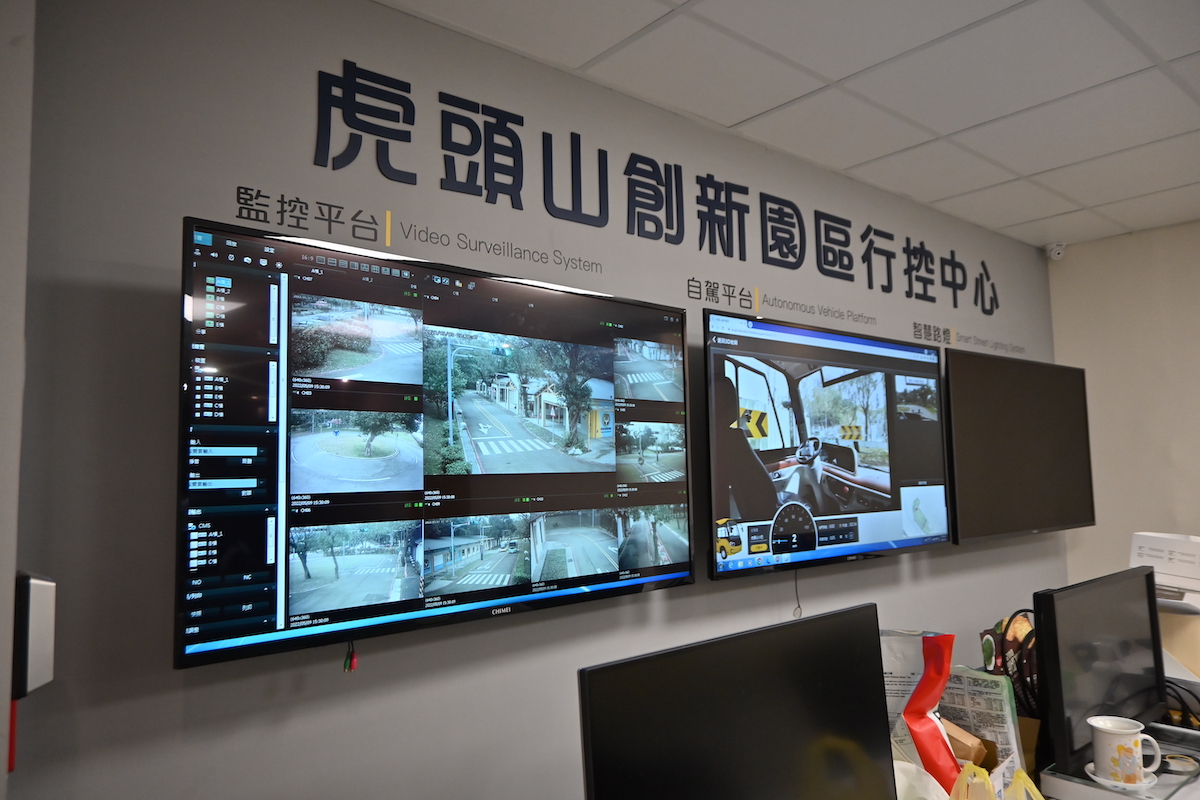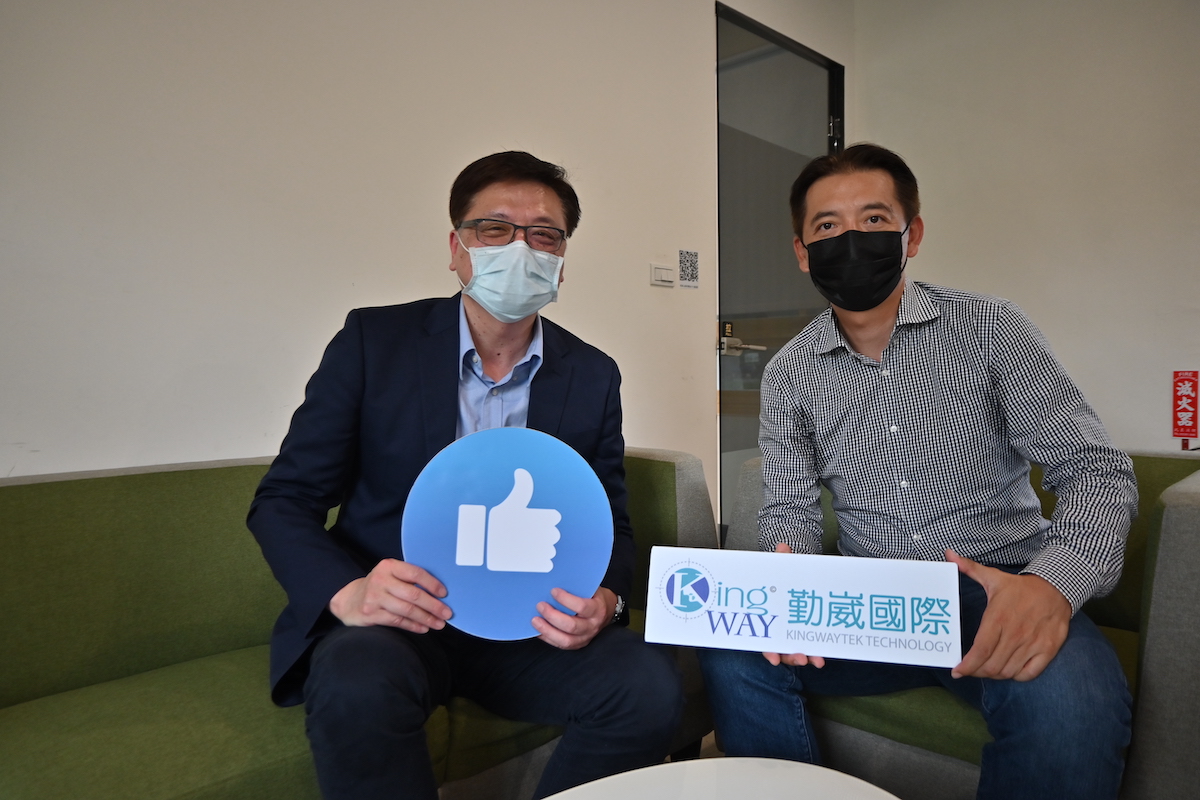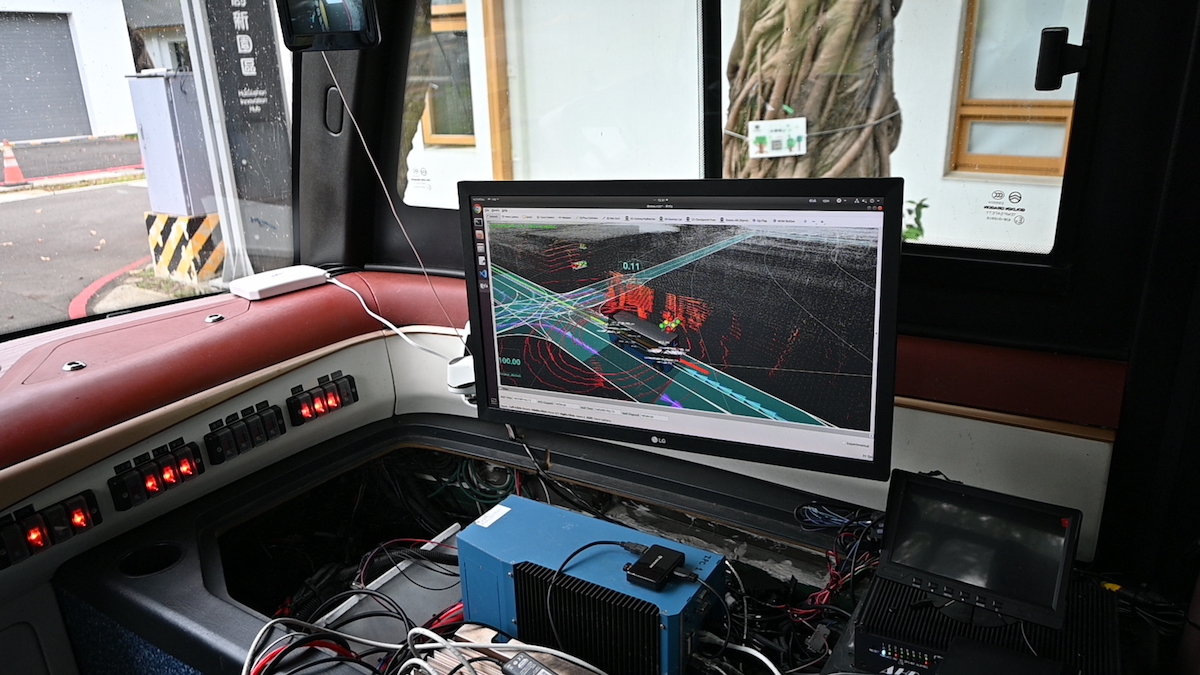In the moment that fully-autonomous driving technologies became the key to dominate car markets in the future for global IT companies, its development is obviously still struggling with technological bottlenecks, and the timetable for the commercialization couldn’t be set clearly. These bottlenecks include the authenticity of sensors’ information from different driving environment, the accuracy of vehicle positioning, the positioning during no GPS signal, and the fast optimized decision making, etc. All of these are the urgent issues to be solved by R&D personnel around the world. In this case, HD-maps make up the integrity of data collected by sensors in the autonomous driving system, and HD-map can provide safety redundancy for decision making from systems during vehicle positioning. The editors of Auto Future came to Hutoushan Innovation Hub, Taoyuan City on 9th May to visit the industry-leading HD-map expert – KingWayTek, to understand the status quo of the development in Taiwanese HD-map technology, and the outlook of the timetable for realizing the commercialization of autonomous driving technology.

In the interview, San Huang, general manager of KingWayTek, clearly described the application of HD-maps… ordinary e-maps are for human beings to view, but HD-maps are for computers to “view”. That is to say, the establishment of road models (lane marking, lane center line, slope, drive direction, edges of road and its height, etc.), and traffic signs, road surface marks, plus area where no GPS signal is received, real-time road construction situation, and real-time information of traffic congestion, etc., these are the reasons why it takes enormous resources to build and update the HD-maps. The accuracy of HD-maps must meet the regulations enacted by Dept. of Land Administration, M.O.I., which stated that horizontal accuracy must be within 20cm, 3D accuracy must be within 30cm. Due to these strict requirements, KingWayTek, which started producing HD-maps since 2009, still have to separate its operation into several stages even though their technologies are already mature, so to make sure the financial management is smooth: Now the clients are mostly from logistics, utilities, or people transportation in closed zone roads (e.g., industrial park), to implement fully autonomous transportation in controllable traffic environment. As for personal fully autonomous driving vehicle application (e.g., RoboTaxi) in mid-term or long-term timeline, which needs island-wide mapping works, it requires autonomous driving technology companies and carmakers to collaborate with each other to realize this plan.
 Auto Future's Jeff Lee (Left) and KingWayTek's San Huang (Right)
Auto Future's Jeff Lee (Left) and KingWayTek's San Huang (Right)
Nowadays KingWayTek utilizes road information collecting vehicles equipped with LIDARs and cameras to build HD map, and uses 5G connection from their investor Chunghua Telecom, which has IoT features including big bandwidth, low latency, and could connect data with 1,000 cars simultaneously, to build and update their map rapidly. After collaborating with well-known Google Map for many years, we look forward to seeing if KingWayTek will have the chance to have more business cooperation plans with Waymo, the world-leading autonomous driving technology company.
